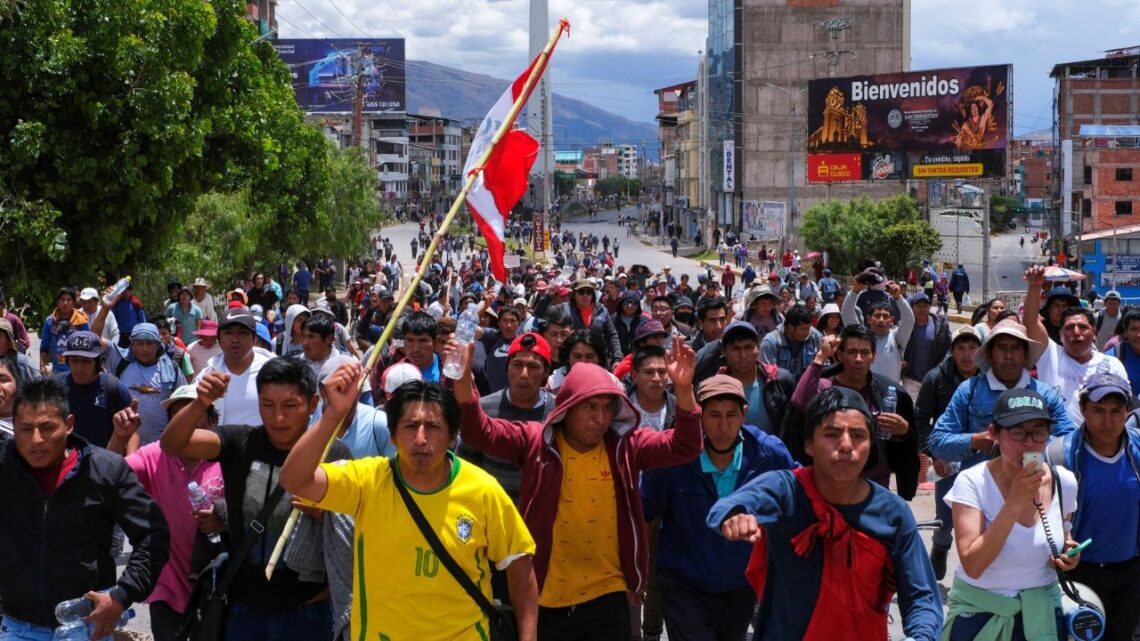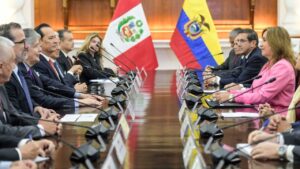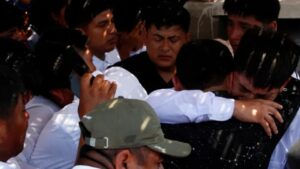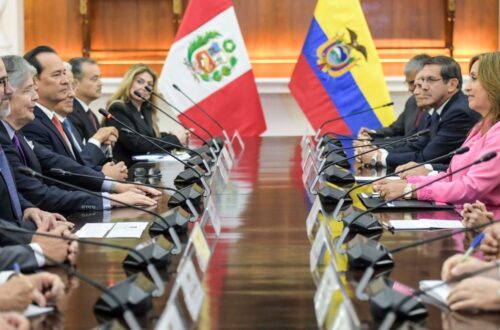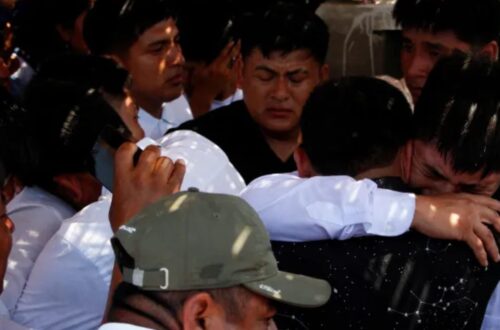In Lima, at least 30 people were injured and six individuals detained during intense anti-government protests.
The unrest was spurred by growing discontent over pension reforms, rampant crime, and public frustration with political institutions.
These events mark yet another escalation in Peru’s ongoing social and political crisis.
What Unfolded in Lima
Protests spanned Saturday and Sunday, centering around Lima’s historic downtown near government buildings.
Young demonstrators, many aligned with the Generation Z movement, mobilized against the state.
Clashes began when small groups attempted to push through security lines, igniting confrontations with riot police.
Authorities responded with tear gas, rubber bullets, and dispersal tactics. Protesters retaliated with rocks, sticks, and even firebombs in isolated instances.
By the end of the weekend:
- 19 police officers were reported injured in clashes.
- 2 civilians, per police counts, were also injured.
- 9 journalists covering the protests sustained injuries from projectiles or tear gas exposure.
- 6 people were detained—3 on Saturday and 3 on Sunday—for alleged acts of rioting and violence against law enforcement.
Underlying Causes of the Protests
The demonstrations did not emerge spontaneously. Key grievances voiced by protestors include:
- Pension reform discontent
A recent law mandates contributions to private pension funds—seen as unfair to workers in the massive informal economy who struggle to make regular payments. - High crime and extortion rates
Protesters decry the state’s failure to curtail organized crime, which continues to devastate many neighborhoods. - Lack of faith in government and Congress
Deep public disillusionment permeates society, with many seeing both the executive and the legislature as corrupt or ineffectual.
Polling data released soon before the weekend show a staggering majority of Peruvians expressing shame toward both the government and Congress—truly a crisis in public legitimacy.
At-a-Glance- Key Figures
| Metric | Number / Detail | Notes |
|---|---|---|
| Total injured | ≥ 30 | Includes civilians, officers, and journalists |
| Police officers injured | 19 | Sustained during clashes |
| Civilians injured | 2 (by police count) | May be undercounted in official tally |
| Journalists injured | 9 | Hit by projectiles or gas exposure |
| Detained persons | 6 | 3 detained Saturday, 3 Sunday |
| Protest methods | Tear gas, rubber bullets vs. rocks, sticks, firebombs | Escalation tactics on both sides |
| Driving grievances | Pension reform, crime, anti-institutional sentiment | Core protest themes |
| Public mood (polling) | ~80–85% shame toward gov’t / Congress | Indicates legitimacy crisis |
Broader Context & Trajectory
This weekend’s clashes mark another chapter in a series of large-scale mobilizations that began in late September.
The “Gen Z” protests have drawn increasing numbers and broadened demands.
Previous weekend demonstrations also resulted in injuries and confrontations, with authorities signaling that further deployments are imminent if protests continue.
Economic disruptions have begun to ripple through Lima, with business operations, traffic, and public services affected during peak protest hours.
What’s Next
Organizers warn of further rounds of protests unless the government:
- Reconsiders the pension reform law
- Takes concrete steps to combat extortion, gang violence, and corruption
- Addresses concerns over excessive use of force by police
The Boluarte administration faces mounting pressure.
Facing a term that ends mid-2026 and plummeting public approval, the government must maneuver carefully.
Any escalation—or failure to respond meaningfully—could inflame tensions further and destabilize governance.
This weekend’s confrontation in Lima—leaving at least 30 injured and six detained—underscores how sharply Peru’s social fault lines have deepened.
What began as a protest over pension reform has widened into a broader rebuke of governance, corruption, and the status quo.
In the days ahead, the government must choose: engage in meaningful reform and dialogue or risk facing further escalations from a populace growing more disillusioned and resolute by the hour.

